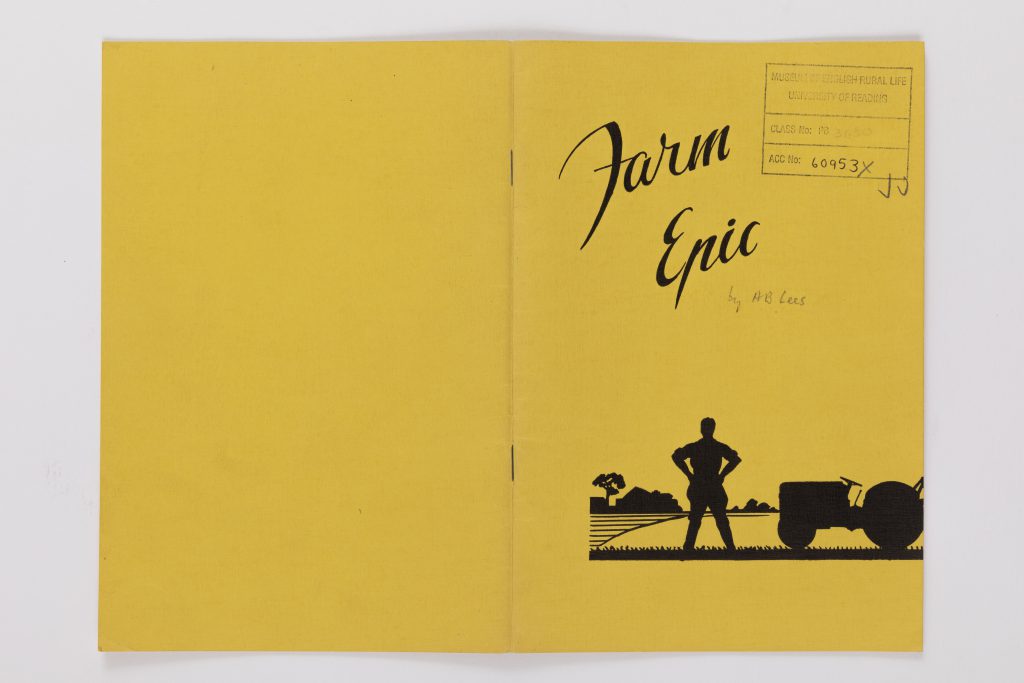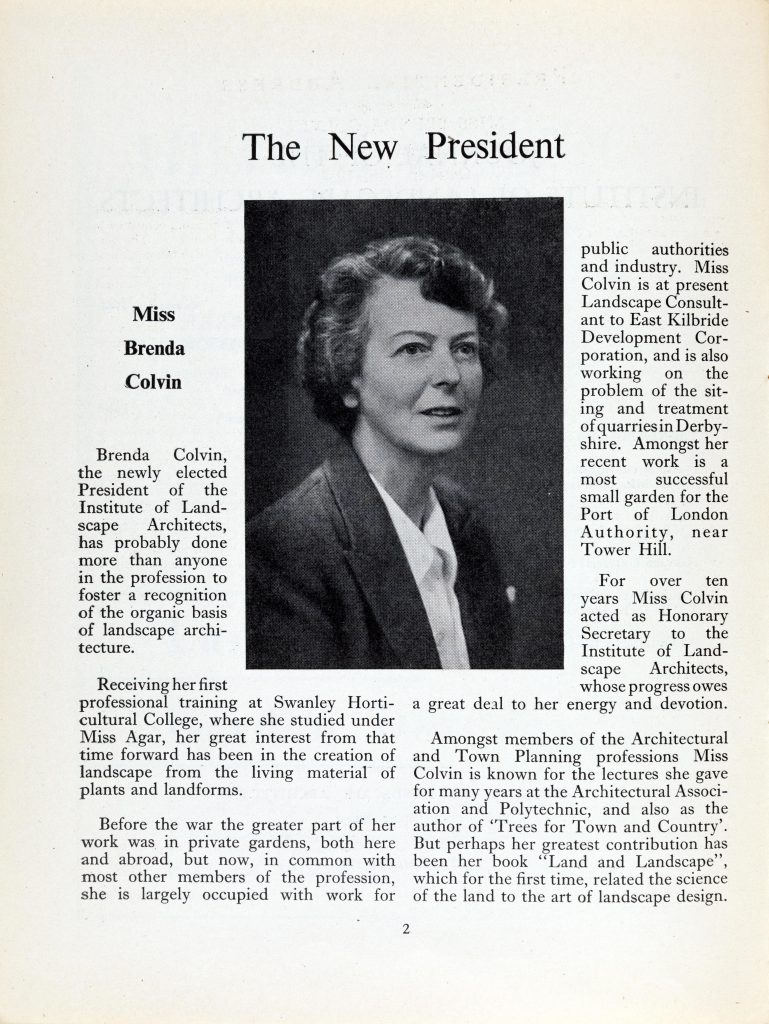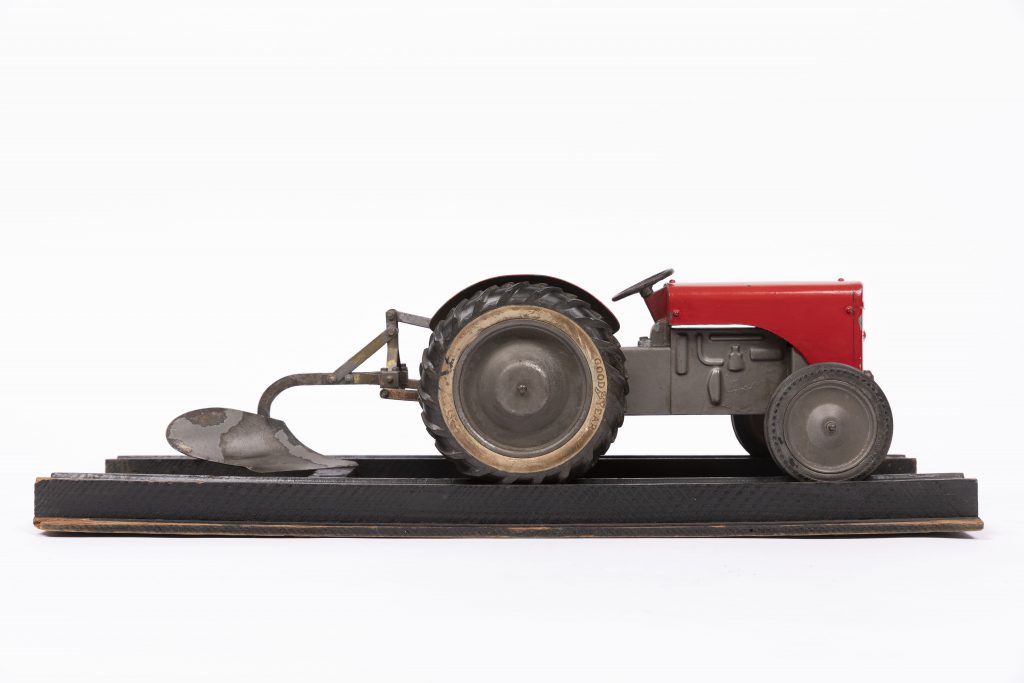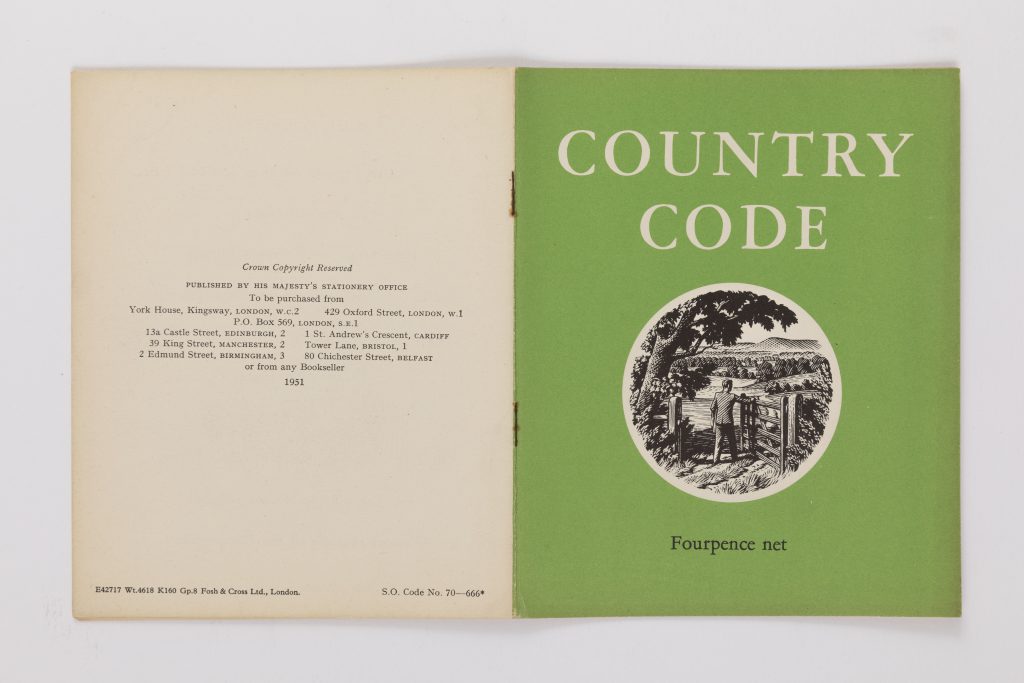51 Voices: Be Nice, Say Hello, Share the Space
Explore the latest objects in our anniversary exhibition, 51 Voices
This January, The MERL embarked on 51 Voices, a new year-long project celebrating the Museum’s seventieth anniversary in 2021. Throughout the year, we will be working with a range of writers, artists and different communities to give contemporary voice to fifty-one objects and archives in The MERL collection connected in myriad ways to our founding year. In this five monthly roundup of our 51 Voices work, join us as we reflect on five of the fifty-one objects which were given Voice in May (now live on the exhibition page) and explore how they are resonant in our lives and changing world today.
51 Voices: May
Four types of literature and one clockwork model make up the objects added to our online exhibition during May. In very different ways, these Voices speak of how over the last seventy years, and many more before them, people have sought to control and manage the land. Museums and heritage sites are starting to identify and share how ownership (often enforced) shapes people and place in the past, present and future. But our May Voices are not so much about national boundaries and who has power over whom and where. They are about the control and care of rurality itself.
In his response to Object 17, Farm Epic, actor Tim Bentinck shares with us how from family life to his leading role in the BBC radio serial The Archers (and even his part in The MERL’s 60th anniversary celebrations), the Ferguson tractor has formed a common thread. Reading Farm Epic, Anthony Bernard Lees’ 1951 booklet about the Ferguson System, stirred memories of Tim’s own global connections with the much-loved ‘little grey Fergie’. But it is the telling of the highly personal journeys of his father which illustrate how control over the land can be perceived as control over destiny. After the Second World War, Tim’s father, ‘mindful of the threat of Mutually Assured Destruction’, decides that farming and self-sufficiency is the only path to survival, and relocates the family to ‘the last place on earth (believed) to not be hit by the ensuing radiation’.

For Object 18, Landscape Leader, landscape architect Hal Moggridge tells the story of Brenda Colvin, who became President of the Institute of Landscape Architects in 1951; the first woman to be elected president of any design, planning, or environmental profession in the UK and likely Europe. Today, the Landscape Institute‘s aims of protecting, conserving and enhancing the natural and built environment for the public benefit mirror Colvin’s rallying presidential address seventy years earlier to ‘Let this age aim at leaving a landscape for the future to enjoy’. Colvin’s beautiful designs shared throughout the piece demonstrate architectural landscaping as both an art and a science, serving to plan, design and manage what is wild into what is tamed.

Journalist, writer, and historian Stuart Gibbard introduces us to the fascinating story of the Ferguson tractor and plough demonstration model, Object 19, the Clockwork Tractor. Designed to help demonstrate the extraordinary technology behind the celebrated three-point linkage, these remarkable models served a range of purposes. It was this very technology that was the subject of a high-profile legal battle between Ford and Ferguson over patent rights. And it was these very models that were used in court to demonstrate principles of the linkage and hydraulic system. Vehicles with power over the land (used in India, Australia, South Africa, the USA, the world) is power worth fighting for (and a $9.25 million settlement to Ford).

At the heart of Object 20, Farmers Weekly ‘Britain’s Festival: Special’, 4 May 1951 featured a double-pager on how farming had changed between the Great Exhibition of 1851 and the Festival of Britain in 1951. In his response to the object, historian Professor John Martin revisits this special issue and introduces us to the world of agriculture in 1951. We are reminded that, in the aftermath of war, the farming sector became a modern industry and the land about commerce, legislation and investment. Every field, harvest and creature translated to guaranteed price, remuneration, reasonable return on capital investment, as nature became quantified.

Finally: Object 21 is the Country Code Booklet by the National Parks Commission. In his response, Professor Gavin Parker of the University of Reading’s Department of Real Estate and Planning, and Chair of the New Forest National Park Authority, discusses the role and changing emphasis of the Country Code, and the part it has played in the story of claims for a more accessible countryside. This includes the Ramblers’ campaign to introduce a ‘right to roam’. The piece includes a ‘roam country wards’ by less considerate caricatured city folk from one of a series of posters illustrated by Norman Thelwell that promoted the Code, a set of which is held at The MERL. Him in bowler hat, her in heels with their wayward offspring chasing piglets with a pitchfork, swinging on an open gate, jumping on and prodding the mechanics of a tractor. The family hound is unleashed, barking and chasing after frightened chicken and sheep, as ‘Mr City’ flicks his still-lit fag end into haystack as he passes nonchalantly by.

This is messaging that whoever you are, you are welcome but there are rules – now more so than ever – for wherever you visit. The most recent iteration of the Country Code sets out for visitors the three principles of ‘respect, protect, enjoy’. This could also be a mantra for museums, and we at The MERL particularly endorse its lovely and timeless instruction: to ‘be nice, say hello, share the space’. Come and do so soon!
Explore 51 Voices.
With thanks to the support of Arts Council England and the Government’s Culture Recovery Fund for making all this possible.
